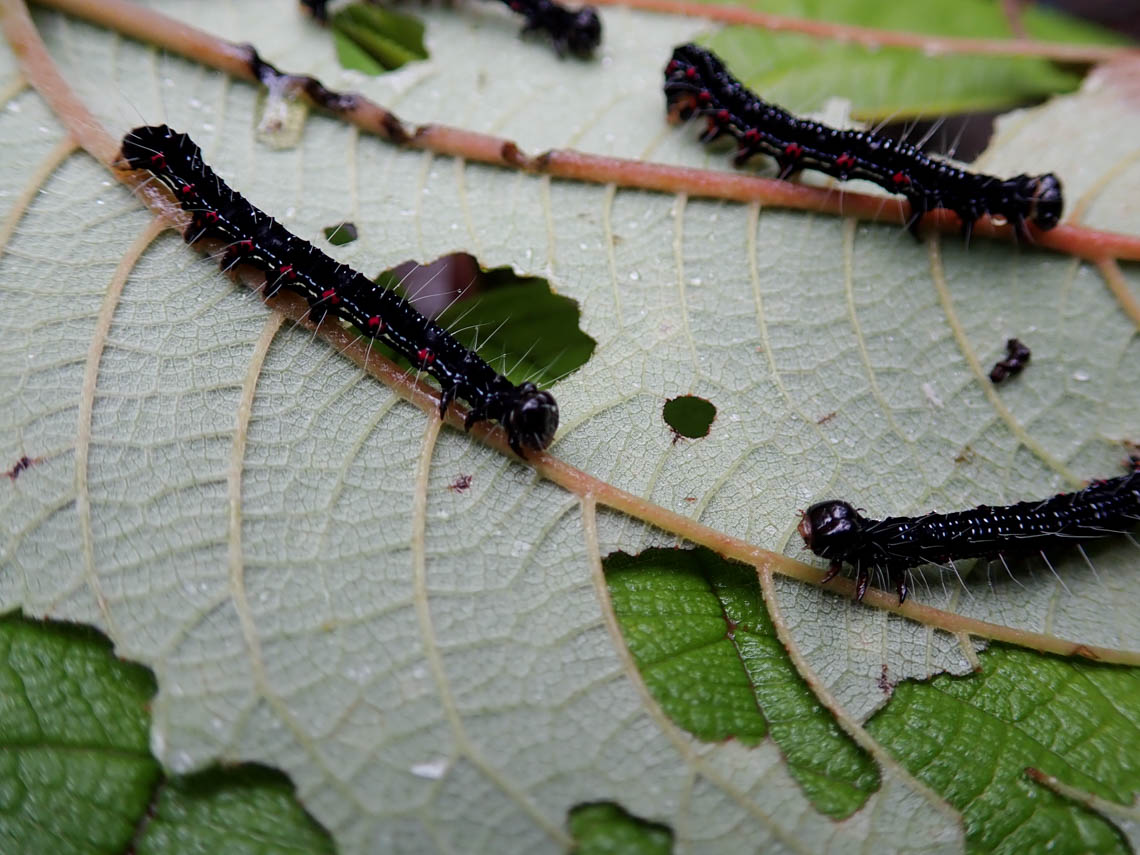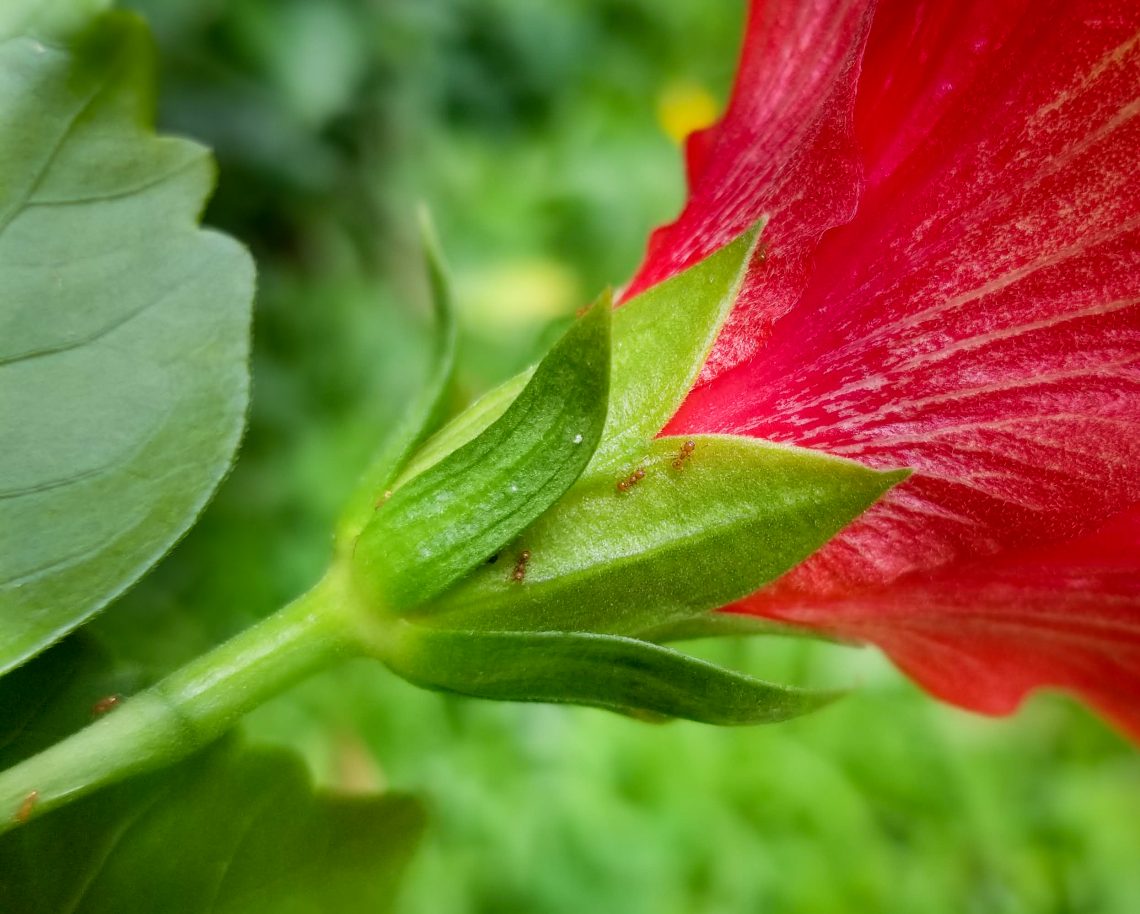Last October, Keahi Bustamente was looking for rare snails in Olowalu Valley when he noticed a māmaki plant showing signs…
Read More
Sap-sucking insect threatens native naio trees
From Maui’s coastlines to our mountain slopes, the naio tree provides shelter for native animals and helps prevent erosion. Naio…
Read More
Press release 9/23/19: New infestation of little fire ants found in Waihee Valley
In late August 2019, a Waihee Valley resident called the Maui Invasive Species Committee (MISC) to report stinging ants. She…
Read More
Invasive longhorned beetle bores into fruit trees, threatening crops
In 2009, a resident of Orchidland subdivision in Puna on Hawaiʻi Island found a strange beetle with extremely long antennae…
Read More
Illegal dumping risks spreading invasive species
The evening of July 24, 2018, a Maui resident living near the Five Corners area of Haʻikū heard something she…
Read More





